Search Images
Browse Content (p. 1289)

Image
Central Gate & Pagoda, Horyuji Temple
The Chumon or central gate and five-storey pagoda of the Buddhist temple Horyuji, Nara, Japan. It is the most important Buddhist temple in Japan and was first built in 607 CE by Prince Shotoku during the Asuka Period. The temple was destroyed...
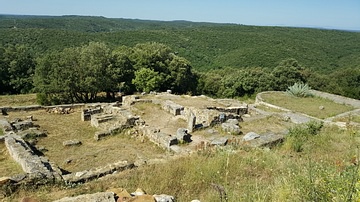
Image
Roman Baths at Gaujac, France
Remains of Roman baths at the Oppidum Saint Vincent (Gaujac, Gard, France), built between 20-25 CE.
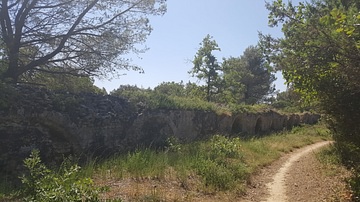
Image
The Nimes Aqueduct, France
The Nîmes aqueduct, built to carry water from Uzès to Nîmes in France in the first century CE. It contains the spectacular Pont du Gard.
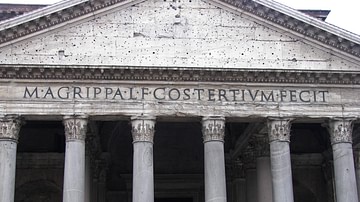
Image
Pantheon Front, Rome
The front of the Pantheon in Rome, dated to the first part of emperor Hadrian’s reign, probably between 117-126-8 CE. Hadrian copied the inscription present on an earlier building that used to stand on the same spot, built around 25 BCE by...
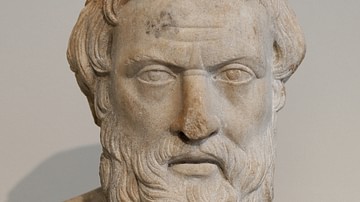
Image
Herodotus
Bust of Herodotus with an inscription of his name in Greek. Roman copy of the Imperial era (2nd century CE) after a Greek bronze original of the first half of the 4th century BCE. From Benha (ancient Athribis), Lower Egypt. (Metropolitan...
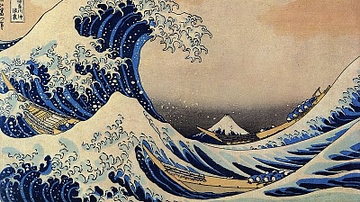
Image
Beneath the Wave off Kanagawa
Katsushika Hokusai (1760-1849) produced a series of ukiyo-e woodblock prints known as the 'Thirty-Six Views of Mount Fuji' (Fugaku Sanjurokkei). One of the set, 'Beneath the Wave off Kanagawa', is perhaps the most famous of all Japanese artworks...
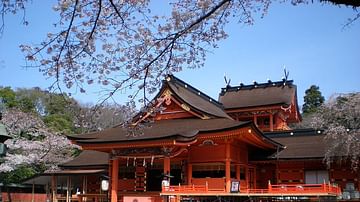
Image
Fujisan Hongu Sengen Taisha
The Shinto shrine of Fujisan Hongu Sengen Taisha, Mount Fuji. The site's most important shrine, it was first constructed in 806 CE, although by tradition, it was originally founded during the reign of Emperor Suinin (29 BCE - 70 CE) at another...

Image
Mount Fuji, Honshu
Mount Fuji (Fujisan), Honshu, Japan. The mountain is 3,776 metres high and a sacred site for followers of Shinto and some sects of Buddhism.
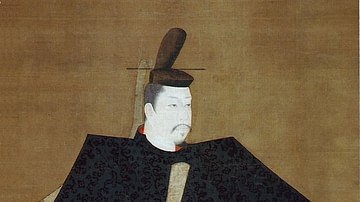
Image
Minamoto no Yoritomo Painted Wall-hanging
A wall-hanging portrait of Minamoto no Yoritomo, victor in the Genpei War (1180-1185 CE) for control of the Japanese imperial throne.
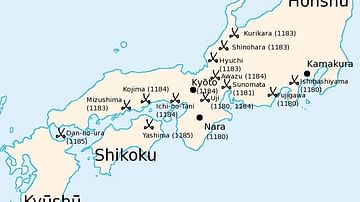
Image
Battles of the Genpei War
A map showing the battles of the Genpei War in Japan, 1180-1185 CE.